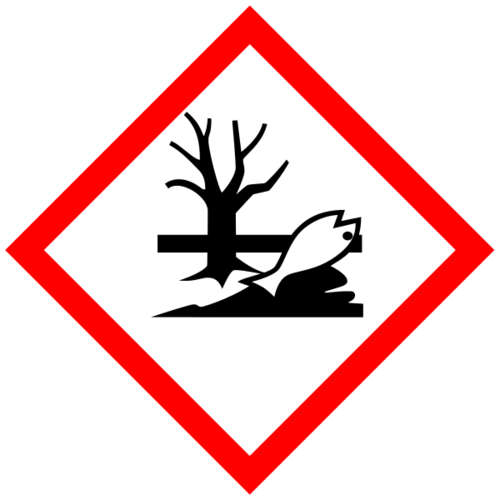Lab Safety Symbols Flashcards
1/19
There's no tags or description
Looks like no tags are added yet.
Name | Mastery | Learn | Test | Matching | Spaced |
|---|
No study sessions yet.
20 Terms
HHPS
Hazardous Household Products Symbols
Warning

Danger
Indicates a high level of hazard. It signifies that the product can cause serious injury or death.
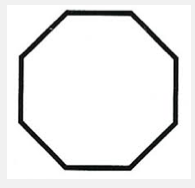
Caution
Indicates a moderate level of hazard. It signifies that the product can cause minor injuries or damage.
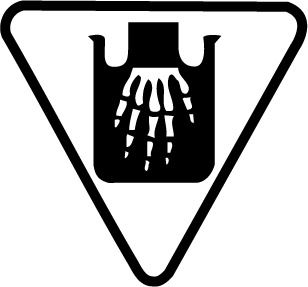
Poisonous
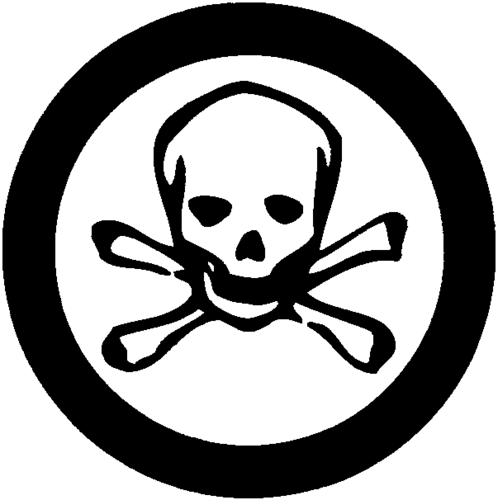
Flammable
Refers to substances that can easily ignite and catch fire. It indicates a risk of fire hazards.
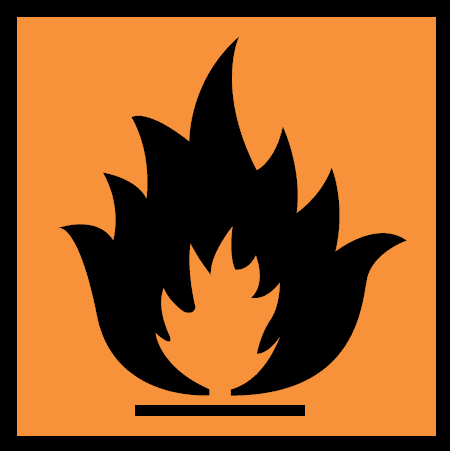
Explosive
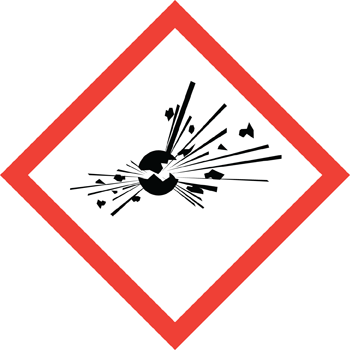
Corrosive
Substances that can damage or destroy living tissue and other materials through chemical action. They pose a risk of burns and other injuries.
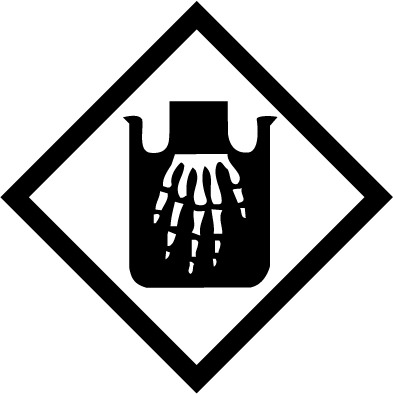
Electrical
Refers to materials or situations that pose a risk of electric shock or fire due to faulty wiring or equipment. It indicates the need for caution when working with electrical devices.
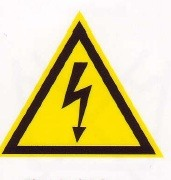
WHMIS
Workplace Hazardous Materials Information System
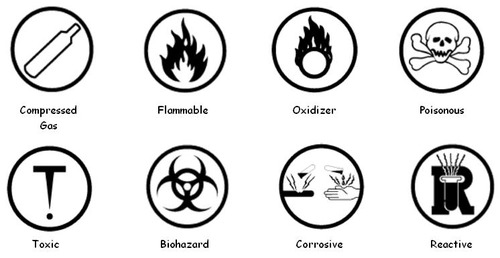
COMPRESSED GAS/ GAS CYLINDER
Examples:
Acetylene tanks in welding shops
Oxygen cylinders in hospitals
HAZARDS:
Gas under pressure
May explode with heat or if dropped
Precaution/HANDLING:
Handle with care to prevent accidents.
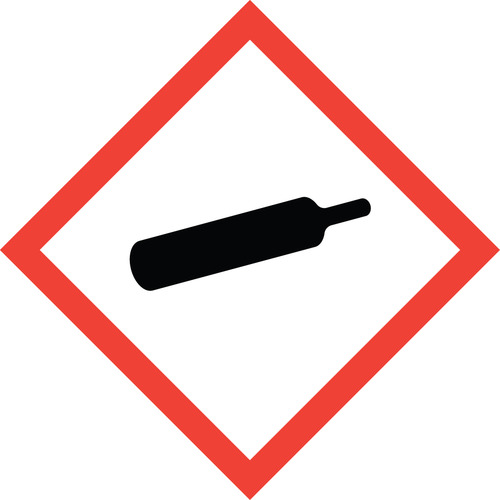
FLAMMABLE & COMBUSTIBLE
Examples:
White phosphorus (solid)
Acetone (nail polish remover)
Butane (gas)
HAZARDS:
Fire/explosion near heat, sparks or friction
May burst into flame on contact with water
May release a flammable gas
Flammables burn at lower temps than combustibles
Precaution/HANDLING:
Keep away from heat and oxidizing materials
Keep dry and cool and away from smoke
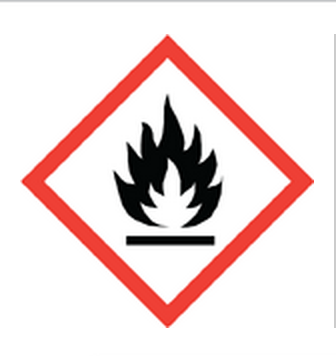
OXIDIZING MATERIAL
Examples:
Inorganic peroxides
Sodium hypochlorite (bleach)
Perchloric acid
HAZARDS:
Cause fire or explosion near flammables
Burn skin or eyes on contact
Precaution/HANDLING:
Keep away from combustibles
Keep dry and cool
Wear protective equipment
Use in well ventilated areas only
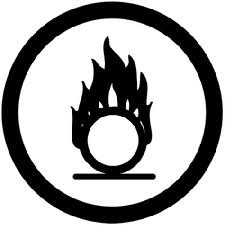
Skull and Crossbones(IMMEDIATE & SERIOUS TOXIC EFFECTS)
Examples:
Methanol
Sodium cyanide
Some paint thinners
Sulphuric acid
HAZARDS:
Fatal if inhaled, swallowed or absorbed through skin
May burn skin or eyes on contact
Precaution/HANDLING:
Avoid contact with skin or eyes
Wear protective equipment
Use in well-ventilated areas
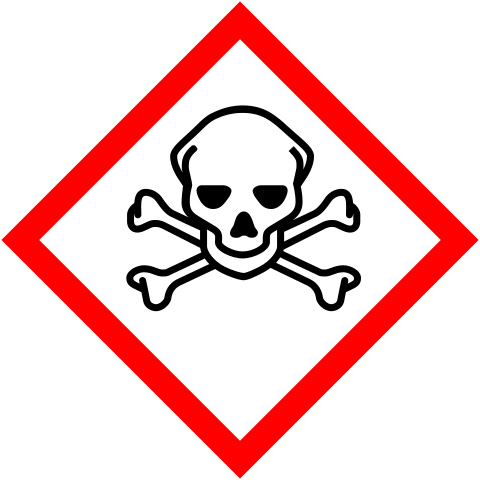
EXCLAMATION MARK
Examples:
Asbestos (carcinogen)
Acetone (irritant)
Toluene diisocyanate (sensitizer)
HAZARDS:
Poisonous but not immediately dangerous
Repeated exposure can cause death
May cause allergic reaction
May cause birth defects, cancer, sterility
Precaution/HANDLING:
Avoid contact
Protective equipment
Use in well-ventilated areas
BIOHAZARDOUS INFECTIOUS MATERIAL(Organisms who cause diseases in people)
Examples:
Salmonella bacteria
Blood samples
COVID virus
HAZARDS:
May cause disease 🡪 death or illness
Precaution/HANDLING:
Avoid contamination
Wear protective equipment
Dispose in designated bins
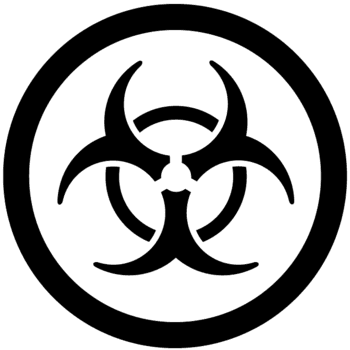
CORROSIVE
Examples:
Battery acid
Lye
HAZARDS:
Severe skin irritation on contact
Tissue damage (including lungs if inhaled)
May eat through metal
Precaution/HANDLING:
Avoid contact
Protective equipment
Use in well-ventilated areas
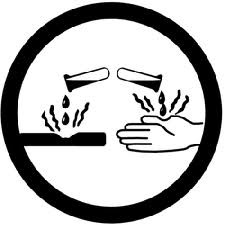
Health Hazard
Examples:Asbestos, Benzene
HAZARDS:
Can cause cancer or organ damage
May affect fertility or unborn children
Causes serious respiratory issues if inhaled
Precaution/HANDLING:
Avoid inhalation or prolonged exposure
Use protective equipment (gloves, respirator)
Follow proper disposal procedures
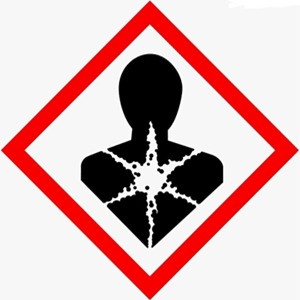
Exploding Bomb
Examples:TNT, Ammonium Nitrate
HAZARDS:
May explode under heat or pressure
Can cause severe burns or injuries
Risk of fire or shockwave damage
Precaution/HANDLING:
Keep away from heat, sparks, or flames
Store in secure, controlled environments
Handle with extreme care and proper training
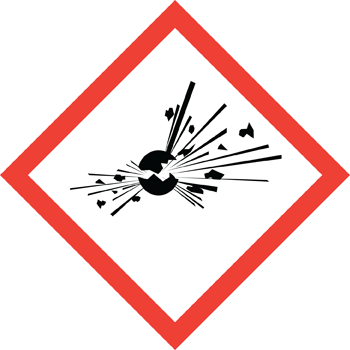
Environment
Examples: Oil Spills, Pesticides
HAZARDS:
Toxic to aquatic life
May cause long-term environmental damage
Contaminates soil and water sources
Precaution/HANDLING:
Prevent leaks or spills
Dispose of properly according to regulations
Avoid release into natural ecosystems
